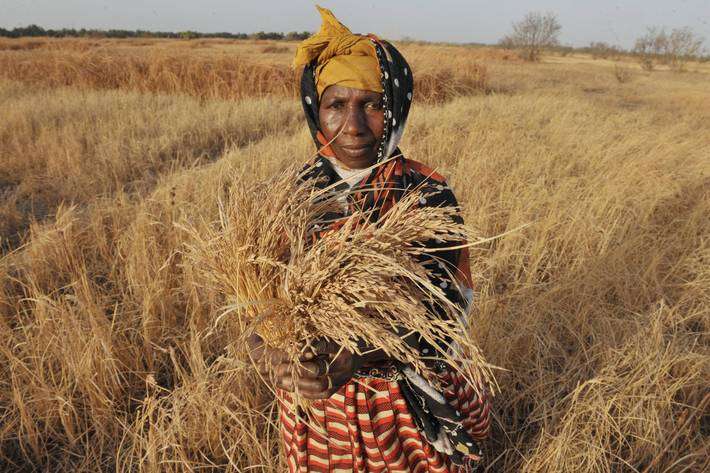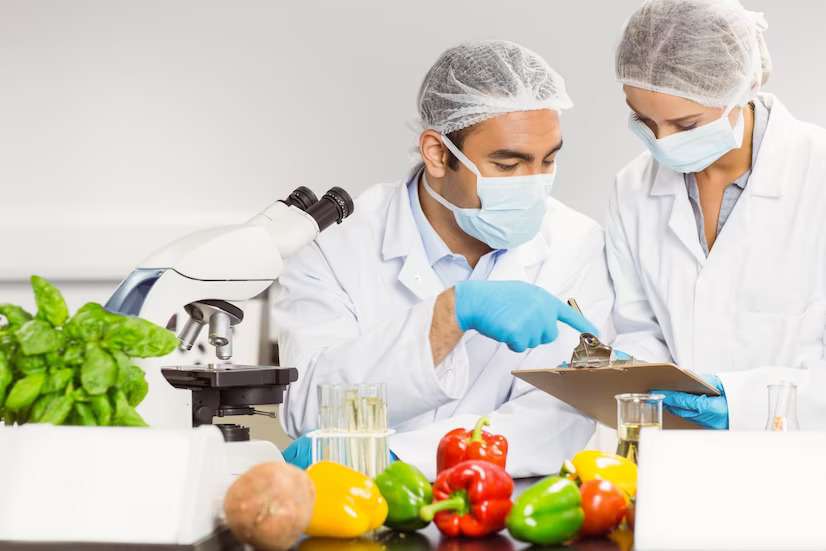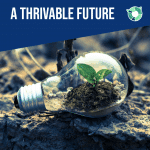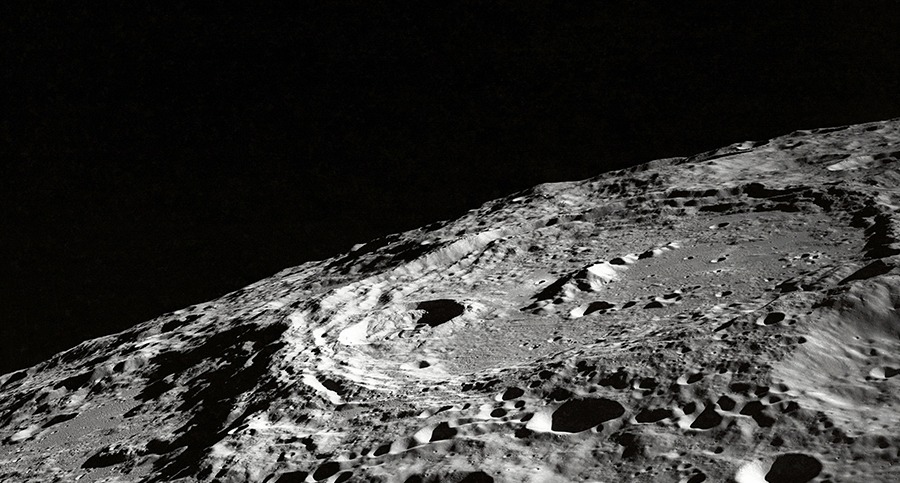Recent years have witnessed huge progress within the scientific community to abolish world hunger. However, global warming-induced floods, droughts, and population growth in developing nations cast doubt on humanity’s ability to solve this problem.

Source: The Borgen Project
Food insecurity is a serious issue in many parts of the globe. This is further complicated by the COVID-19 pandemic, social equality, and political stability. Hunger and food insecurity have caused millions of people to flee their homes, and the resulting migration has destabilised several nations.
Even worse is when people have enough to eat but are still sick due to poor diets. These can in turn can cause diabetes, obesity, heart disease, and other detrimental conditions. Hunger and food insecurity in a world of abundance are just as horrible and wrong as they were in the past and must be abolished.

by a woman farmer in Gambia. Source: FAO
The Role of Scientific Communities
The scientific community holds the potential to effectively address the world’s pressing issues and ensure that all people have the most basic of human right: food security. In fact, they have long stressed the need to use technologies, such as biotechnology, to help the most vulnerable, particularly in the fight against hunger in developing countries.
Scientific Discoveries Surpasses Risks
Scientific discoveries can address or exceed the challenges and possible drawbacks of tackling complex issues such as hunger. The following are ways in which the scientific community assists in abolishing hunger:
Nutritional Science and Biofortification
Current research in nutritional science has led to new methods for fortifying crops with essential nutrients. For instance, biofortified crops like vitamin A-rich “Golden Rice” have been developed through genetic modification to address nutritional deficiencies in populations where rice is a staple food.
Cellular Agriculture
Emerging technologies in cellular agriculture involve growing animal-derived products like meat and dairy in laboratories without the need for traditional livestock farming. This approach has the potential to provide sustainable, high-quality protein sources while reducing the environmental risks associated with livestock agriculture.
Food Preservation and Storage Innovations
Scientific advancements in food preservation and storage have resulted in new methods to extend the shelf life of perishable foods. Innovations like edible coatings, smart packaging, and controlled atmosphere storage can reduce food waste and enhance food security.
Climate-Resilient Crop Varieties
Research in genetics and plant breeding has led to the development of crop varieties more resilient to climate change‘s effects, such as drought-tolerant and heat-resistant crops. These varieties help mitigate the risks of crop failure due to changing weather patterns.

to a world without hunger. Source: Wavebreakmedia/Freepik
Microbiome Research
Scientific studies on the human gut microbiome have revealed the critical role of gut health in nutrition. New discoveries in this field lead to personalised dietary recommendations and interventions that can improve nutrient absorption and overall health, particularly in malnourished populations.
AI and Data Analytics for Food Security
The use of artificial intelligence and data analytics in predicting food security risks and optimising resource allocation has become increasingly sophisticated. New algorithms and models can better identify vulnerable populations and allocate resources more effectively during food crises.
Vertical Farming and Controlled Environment Agriculture
Advances in controlled environment agriculture, including vertical farming and indoor hydroponic systems, are revolutionising food production in urban areas. These methods offer more efficiency, year-round cultivation, and reduced transportation risks.
Microbial-Based Crop Protection
Research into beneficial micro-organisms for agriculture has led to the development of sustainable pest and disease management strategies. Microbial biopesticides can reduce the risks associated with chemical pesticides.
Alternative Protein Sources
Ongoing scientific exploration into alternative protein sources, such as insect-based protein, algae, and fungi, offers sustainable options to diversify the food supply and reduce environmental and resource risks associated with traditional livestock farming.
Crispr-Cas9 and Genetic Editing
The Crispr-Cas9 and gene-editing technology allows for precise modification of plant and animal genomes. This can lead to the development of crops and livestock with improved traits, such as disease resistance or enhanced productivity, addressing risks to food production.
Moving Forward
Looking ahead, ending world hunger remains a challenging task. However, the scientific community can deliver life-changing solutions and make the world a better place. The problem posed by solving global hunger requires a multidisciplinary approach across various fields of science.
In addition, urgent coordinated action and policy solutions are imperatives to address inherent inequalities, transform food systems, invest in sustainable agricultural practices, and reduce and mitigate the impact of conflict and the pandemic on global nutrition and food security.
Further, there is a need to invest more in agricultural research for development, especially in low- and lower-middle-income countries. Governments must upgrade technological infrastructure, increase levels of literacy and skills, improve access to services, reduce the costs of technology, and strengthen regulatory frameworks. This will ensure smallholder farmers to benefit from the use of appropriate technologies and innovations.

Why is it essential that we focus on The scientific community?
Hunger is a complex issue influenced by various factors, including poverty, inequality, climate change, and population growth. The scientific community has continuously developed new methods, technologies, and tools to improve food production, distribution, and access. These innovations are critical for increasing agricultural productivity, reducing food waste, and improving food security.
Through research, collaboration, and the development of sustainable practices and technologies, the scientific community assists in abolishing hunger and guarantees everyone has access to safe, nutritious, and adequate food. At the same time, the scientific community can provide evidence-based recommendations to policymakers and advocate for policies that promote food security. Their expertise and research inform strategies to alleviate structural disparities and systemic hunger.
achieving the United Nations Sustainable Development Goals (SDGs) and how they link to the scientific community

the Sustainable Development Goals. Source: Medium
Extreme hunger and malnutrition remain barriers to sustainable development and create traps from which people cannot easily escape. SDG 2 is intrinsically linked to society, the economy, and the environment. Meeting this goal will invoke multiple synergies and trade-offs with other SDGs across temporal and spatial scales.
The world is far off track to end hunger by 2030. With the 2025 global nutrition targets in sight, the urgency for a food system transformation has never been greater. Leaders in the food industry need to step up their contributions to transform the system, as they play a paramount role in shaping opportunities and lowering barriers to attain healthy, nutritional, and affordable food.
A Thrivable Framework Informs the Scientific Community
Considering our intelligence and ability to transform our environment, we must maintain a sustainable balance with nature. The THRIVE Framework is about making predictive analyses using modern technology that supports environmental and socially sustainable transformations. It highlights the need to shift to a transdisciplinary approach and embrace values-based innovation, which is a step towards a thriving future.
The THRIVE Project is a not-for-profit, for-impact organisation dedicated to researching, educating, and advocating for a future beyond sustainability. To learn more about THRIVE, visit our website. You can follow our informative blog and podcast series and learn about our regular live webinars featuring expert guests in the field. Sign up for our newsletter to receive regular updates.























